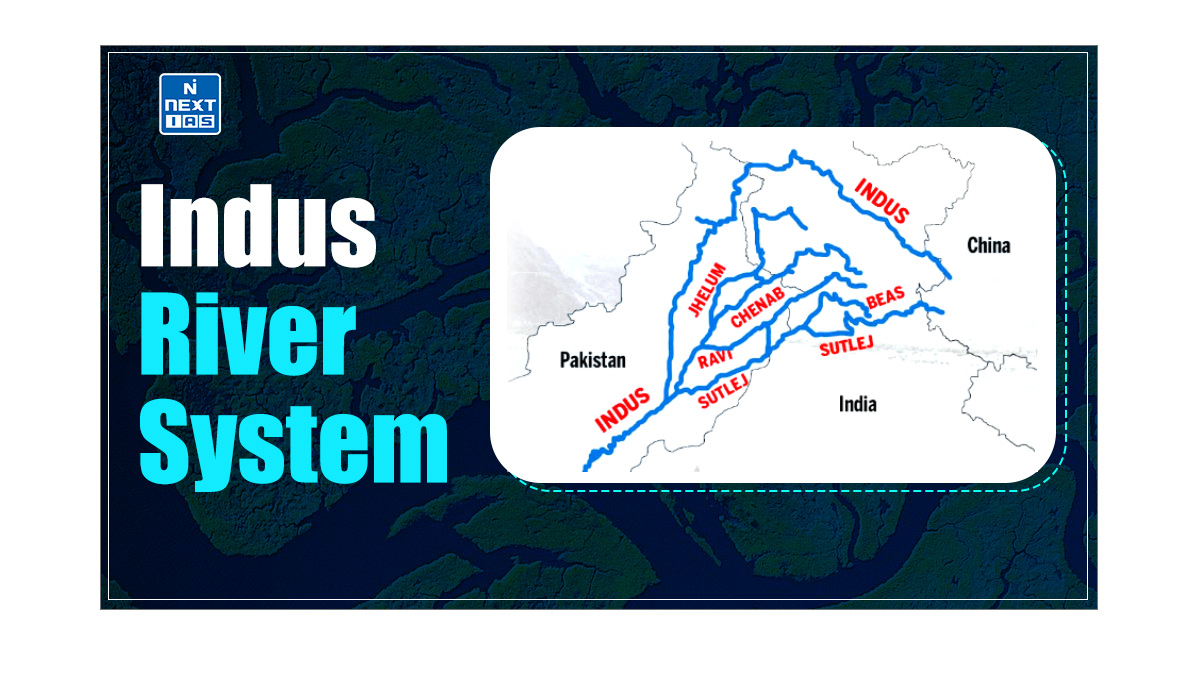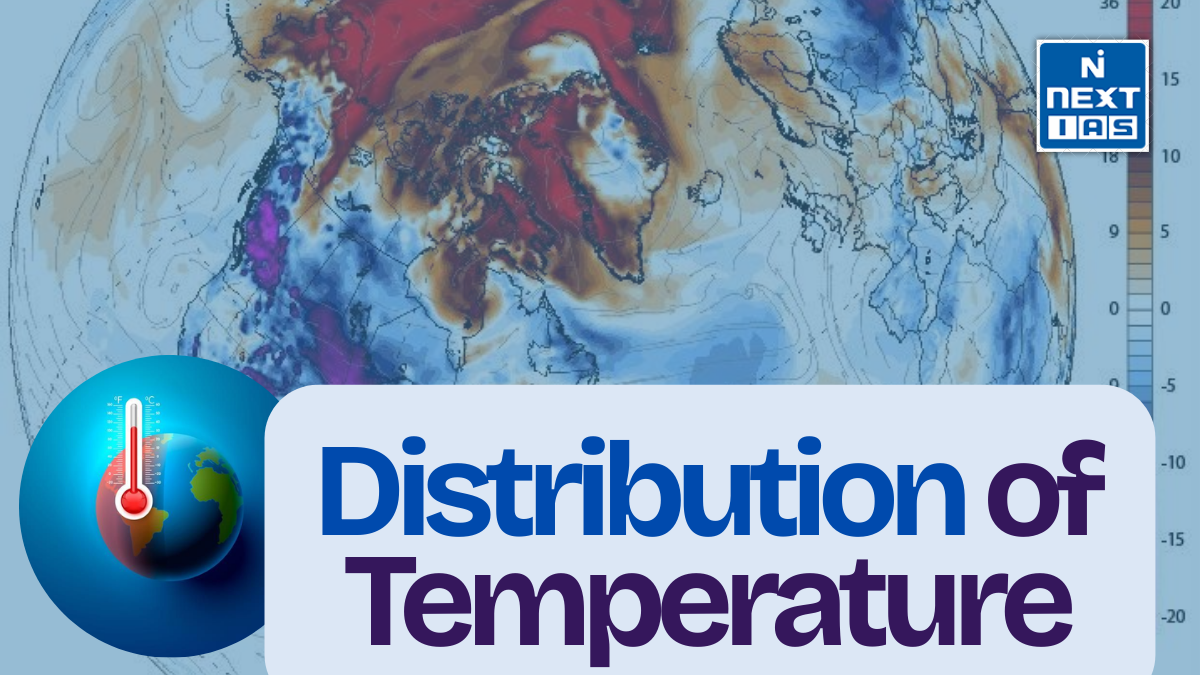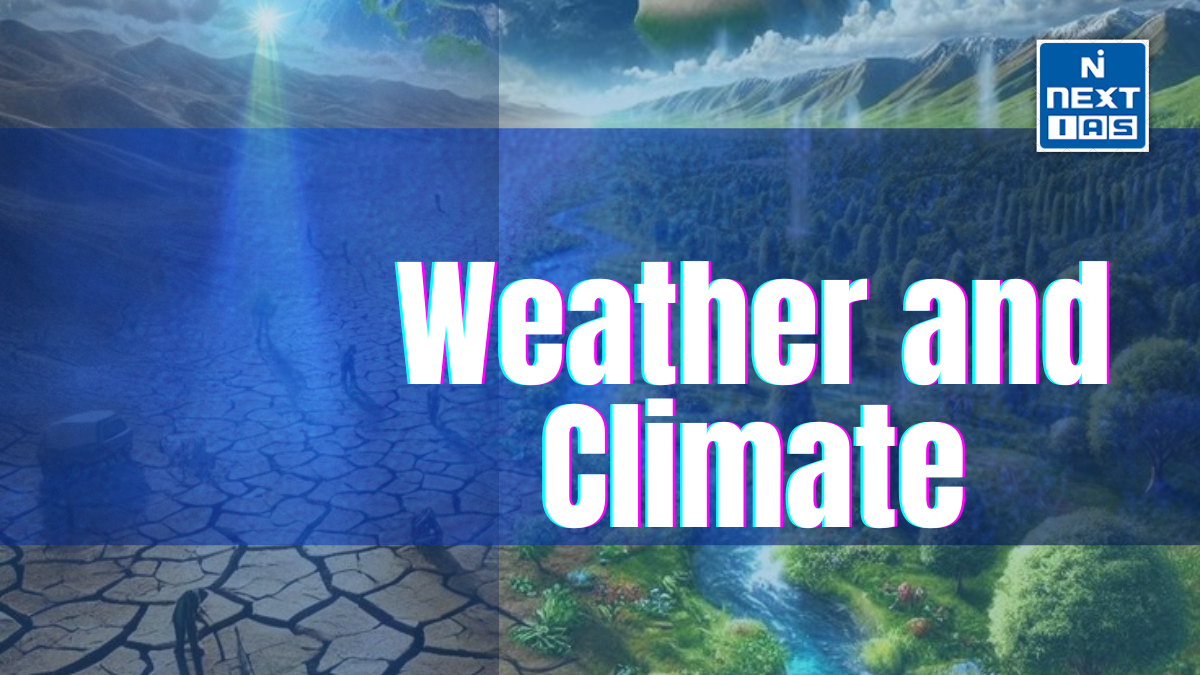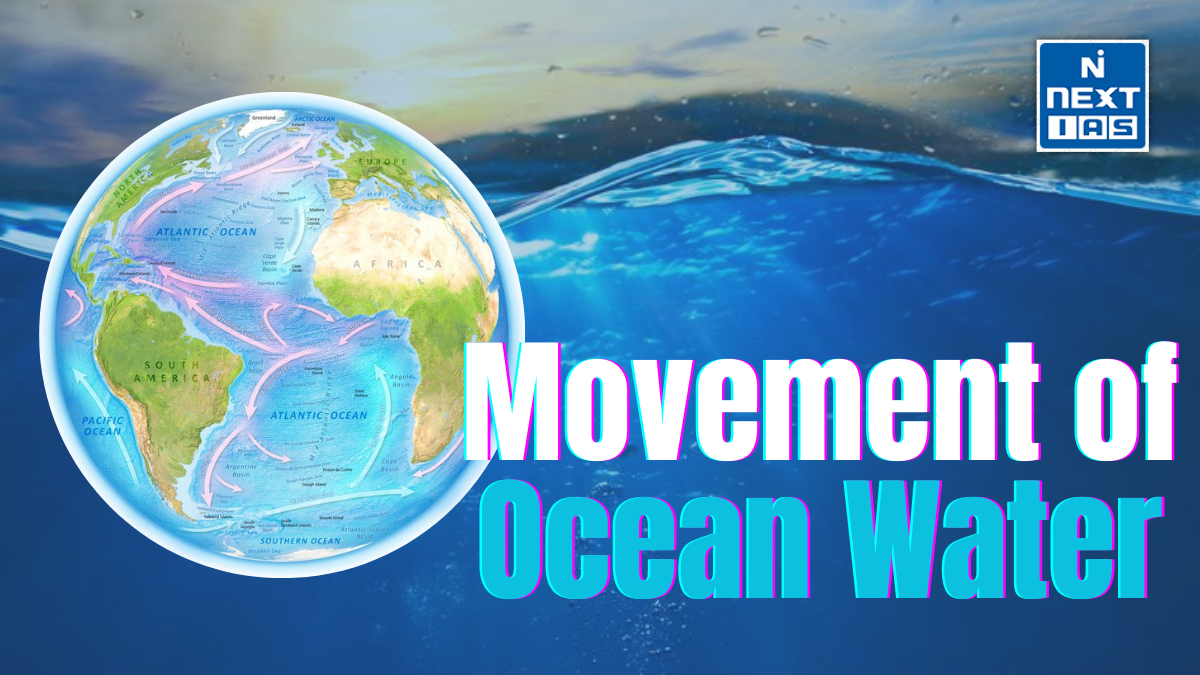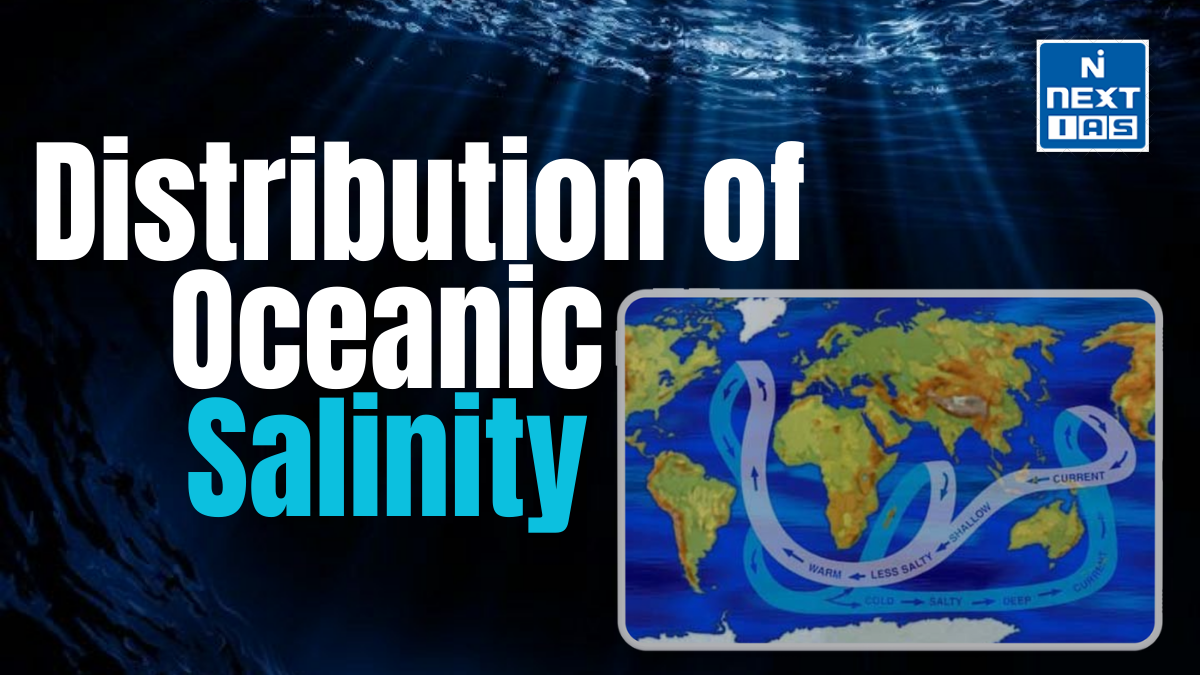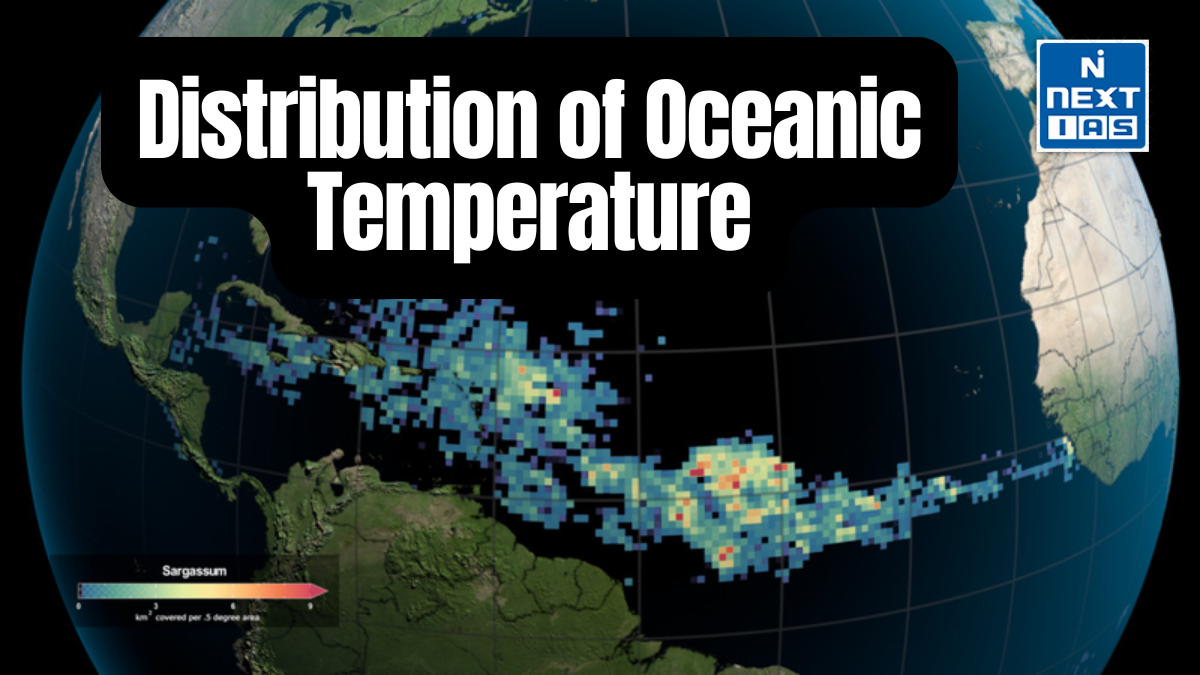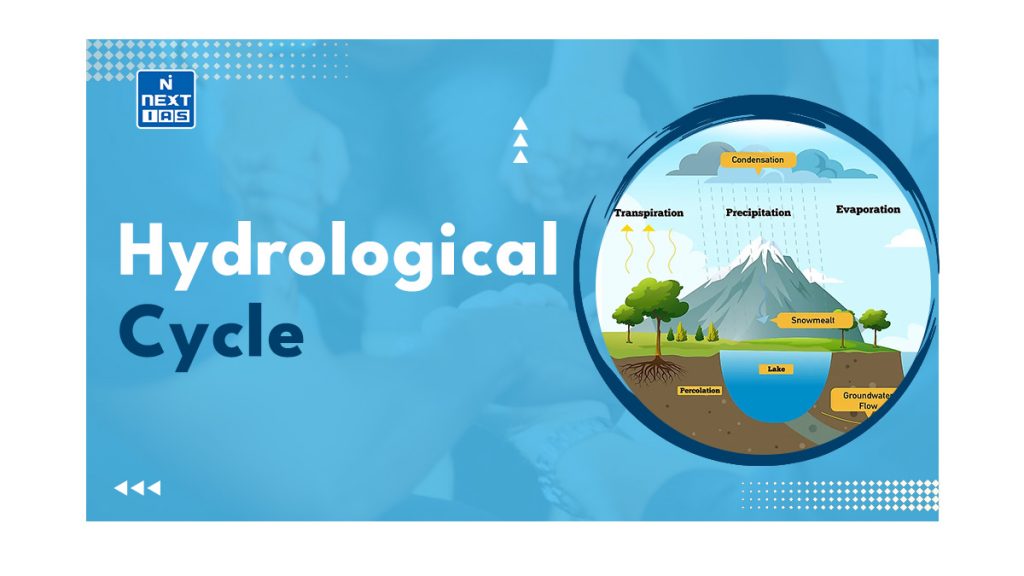
The hydrological cycle involves the continuous circulation of water in the Earth-Atmosphere system. At its core, the water cycle is the motion of the water from the ground to the atmosphere and back again. This article aims to provide a comprehensive overview of the Hydrological Cycle: Definition and its Component.
What is Water?
- Water, a substance consists of the chemical elements oxygen and hydrogen and exists in solid, liquid and gaseous states.
- It is abundant and crucial in nature. A odourless and tasteless liquid at room temperature, it has the important ability to dissolve many other substances.
Distribution of the Water on the Earth
What is Hydrological Cycle?
- The hydrological cycle encompasses the ongoing movement of water within the Earth-Atmosphere system.
- Essentially, the hydrological cycle involves the transfer of water from the ground to the atmosphere and its subsequent return.
Component of Hydrological Cycle
- The component of the hydrological cycle, the following are of utmost significance:
| Evaporation | – It is the process by which a substance undergoes a change of state from liquid to gas. Water is the primary substance of interest in relation to evaporation. – For Evaporation, energy is required thus the source of energy comes from the Sun, the Earth, the Atmosphere, and the objects of the Earth such as humans. – For instance, it is a phenomenon that we encounter in our daily lives. It occurs when our bodies get warmer either because of the surrounding air temperature or physical activity, leading to sweating and the release of water onto our skin. 1. The purpose of this process is to utilize the body’s heat to evaporate the liquid, effectively dissipating heat and cooling down the body. |
| Transpiration | – It refers to the process of water evaporation from plants through small openings called stomata. – These stomata are located on the underside of leaves and are connected to the plant’s vascular tissues. – In most plants, transpiration occurs passively and is mainly influenced by the humidity of the surrounding air and the moisture level in the soil. – Only a small portion, around 1%, of the water transpired by a plant is utilized for its growth, while the remaining 99% is released into the atmosphere. |
| Condensation | – It is the process by which water vapour transforms into a liquid state. – In the atmosphere, condensation can manifest as clouds or dew. 1. For instance, it is also the process responsible for the formation of water droplets on the surface of a cold drink can or bottle that lacks insulation. – It is not solely dependent on a specific temperature, but rather on the temperature difference between two variables: 1. Air temperature and 2. Dew point temperature – The dew point temperature is the point at which air becomes saturated and unable to hold any more water vapour, resulting in the formation of dew. Thus, cooling causes the water vapour to condense. When the air temperature and dew point temperature are equal, it often leads to foggy conditions. – Condensation is the opposite of evaporation. a. When condensation occurs, the higher energy level of water vapour compared to liquid water is released in the form of heat energy. b. This release of heat contributes to the development of hurricanes. |
| Precipitation | – It occurs when small particles of condensation collide and merge, becoming too large for the ascending air to sustain, and subsequently descending to the Earth’s surface. a. This precipitation can manifest as rain, hail, snow, or sleet. – The process of precipitation serves as the main mechanism through which Earth obtains freshwater. – In total, the planet receives an average annual precipitation of approximately 38½ inches (980 mm) across both its oceans and land masses. |
| Runoff | – Runoff occurs when there is extreme precipitation and the ground is saturated i.e., cannot absorb water any more. – Rivers and lakes are the result of runoff. Some of the runoff water evaporates into the atmosphere, but most water in lakes and rivers returns to the oceans. – If runoff water flows into a lake only with no outlet for water to flow out, then evaporation is the only means for water to return to the atmosphere. – As water evaporates, impurities or salts are left behind. a. As a result, the lake becomes salty like Great Salt Lake in Utah or Dead Sea in Israel. – Evaporation of this runoff into the atmosphere begins the hydrological cycle over again. – Some of the water percolates into the soil and into the ground water only to be drawn into plants again for transpiration to take place. |
